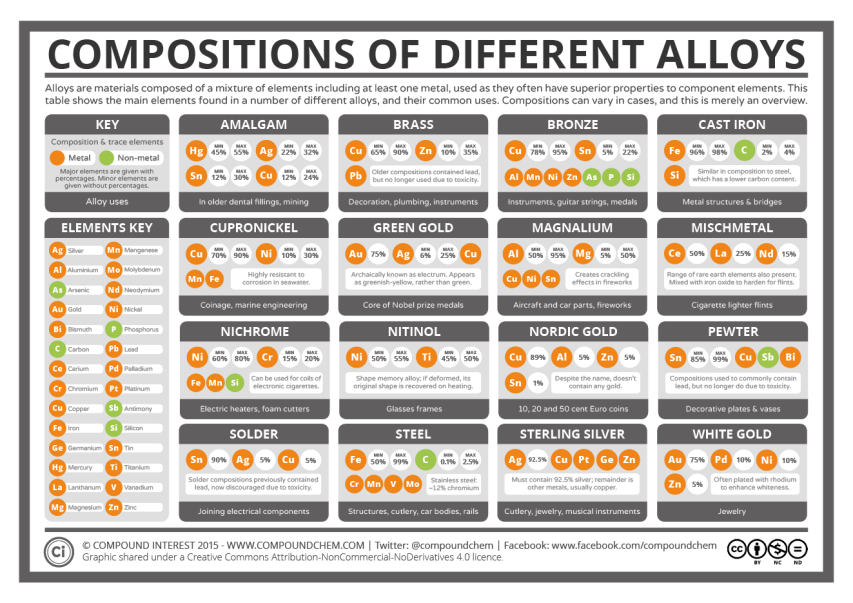It’s always awkward when you see (and publicize) something that seems to perfectly encapsulate your opponent’s position turns out to be nothing of the sort:
This afternoon multiple bomb threats were called in to a Society of Professional Journalists debate about GamerGate. I’ve been passed the remarks my fellow panellist, AEI scholar and feminist academic Christina Hoff Sommers, was planning to make.
A video game journalist from Vancouver recently took to Twitter to draw attention to a Tweet sent by a gamer: The gamer had tweeted: “I fucking swear — they get rid of Huge Boobs, I’m gone.” For this journalist those 11 words captured the essence of the gamer crusade. The hypermasculine dudebro attitude –— the crude objectification of women. It’s all there. Or so it seemed to him. As he put it: “#Gamergate summarized in one impossibly perfect tweet.”
But as is often the case with media accounts of GamerGate – the facts don’t really fit the narrative. First of all, the author was not talking about video games, but rather efforts to censor images of buxom ladies on Reddit. But more importantly — the author of the tweet is a young woman named Alison. Alison is a lesbian gamer who apparently enjoys gazing at images of busty women. For me, it is the game journalist’s tweet, not Alison’s, that is emblematic. It is an impossibly perfect illustration of a serious flaw in contemporary journalism: the narrative matters more than truth. The Rolling Stone’s apocryphal story about a gang rape at UVA is frequently cited as the classic example of narrative over-reach. But the press literature on GamerGate is strikingly similar.
According to dozens of media stories, #Gamergate is a nightmarish cabal of right wing males who will stop at nothing to keep women out of gaming. Comparisons with hate groups, lynch mobs and terrorists are not uncommon. In reality Gamergate has support from hundreds of thousands of rank and file video game enthusiasts from all over the world and across the political spectrum. Gamers identify with GamerGate for different reasons. A recurrent theme is consumerist – gamer journals are toadies for the game companies and need to be replaced by authentic critics, they say. Another — and the one that drew me into the world of gamers — is impatience with cultural scolds who evaluate games through the lens of political correctness. Are there some bullies and lunatics on the fringes of GamerGate? Yes there are. It’s the internet.
Media stories have focused on the female critics who have received hateful messages and even death threats. Those messages and threats are deplorable, but what the journalists typically fail to mention is that no one knows who sent them. Furthermore, those who defend Gamergate (males and females) have received hate mail and death threats as well. Too many in the media are addicted to a simplistic damsel in distress storyline — but inconveniently there are distressed damsels on both sides of the GamerGate controversy. The best data we have on on-line threats, a 2012 Pew Study for example, suggest that men, not women, are the primary targets.
Update, 10 December: It’s no wonder that outsiders to this fight (like me) get confused about who is who … I got a link from @Nezumi_Youjo asking me if I was going to post a retraction “now that it’s come out that Alison was a sockpuppet?” and provided me with a link to this article by Natalie Walschots:
Gamergate is good at perpetuating this fiction; otherwise they wouldn’t have gotten the time, attention, and platforms they have managed. But every once in a while, the facade falters, a crack appears, and we get a glimpse of the monster-cum-wizard behind the curtain.
The most immediate and chilling example? The recent tale of Alison Prime.
[…]
Steven Polk’s reluctance to accept help may have stemmed from the fact that he had another extensive community from which to draw support, once much larger and more nebulous than his next-door neighbors and Joe’s high school friends could offer, access or even understand. Reaching out to this network, however, was a much more complicated, and potentially dangerous, prospect.
On November 5, Steve Polk gave an extraordinary interview with Another Castle, a gaming site that purportedly caters to “all things nerd”: since 2009, and actively since September 2014, Steve had constructed and maintained an elaborately constructed online identity, that of a young woman called Alison Prime.




